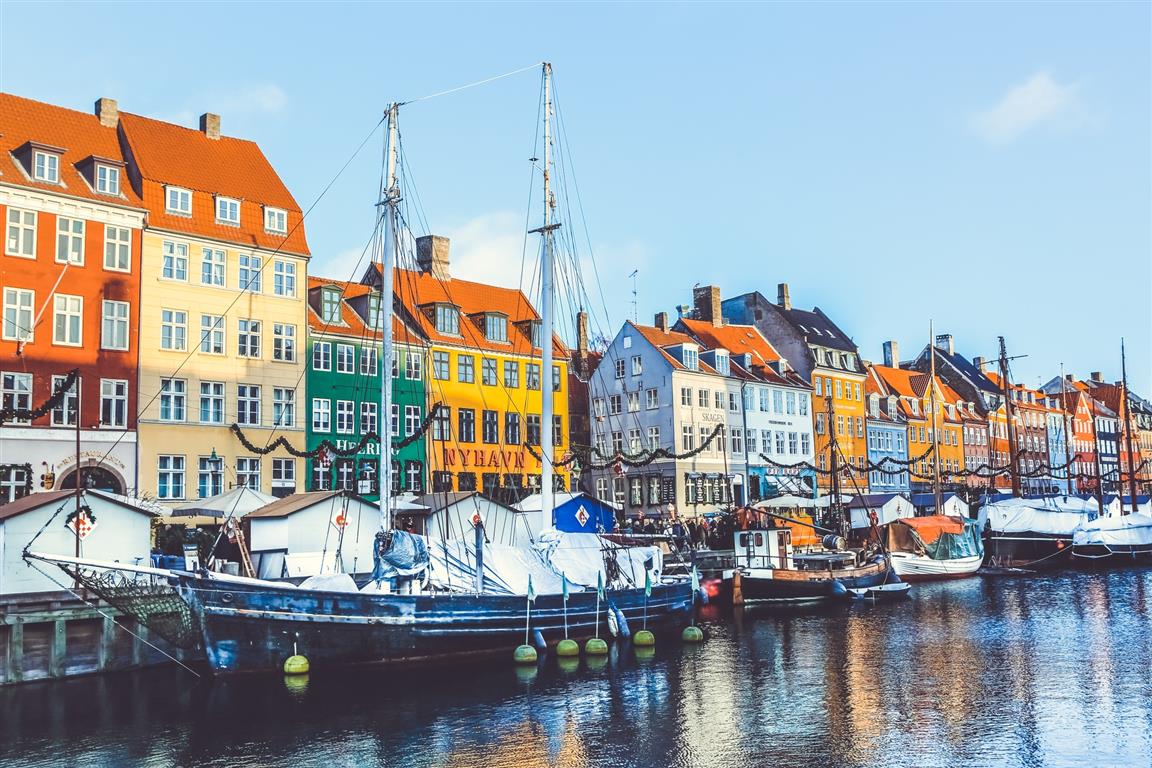Why are Nordic countries often ranked high in quality of life

The high living standards and low-income disparity of Nordic countries (Denmark, Finland, Norway, Sweden, Iceland) are often used as role models. The famous concept of the Nordic Model and Welfare State Model (which goes hand in hand) comprises economic and socials ideals as well as a specific culture.
Nordic countries ranked high in quality of life notably due to high GDP per capita, free education, afordable healthcare system, low crime rates and sufficient social security protection.
Above all, these countries promote economic equalities (e.g a diversified workforce by eliminating the gender gap) and a good work-life balance. Let's examine the important factors behind their success regarding sustaining a high quality of life.
Importance of Work-Life Balance
Working long hours to prove your commitment to the company is clearly not in the culture of the Nordic countries. For example, in Denmark, full-time work consists of 37 hours spread over 5 days. According to the Ministry of Foreign Affairs of Denmark, most of the employees actually leave around 04:00 pm.
The critical point here is that employees try their best to fulfill those work hours by concentrating on work and eliminating the socializing aspect of work life. Compared to other countries such as the Netherlands, it is also not that common to socialize after work hours with other colleagues.
Remote working has gain popularity around the world due to the pandemic, but this was already a widely accepted concept in Nordic countries.
By establishing flexible work arrangements, employees can have free time for themselves to create a better work-life balance. For example, in Finland, employees can adjust their working days 3 hours in advance. This sense of flexibility is highly contributing to the quality of Nordic life.
The Nordic Model: Economic Prosperity based on Equality
According to OECD, almost 3 out of 5 working-aged women are a part of the paid labour force. This is a result of the governments policies regarding gender equality at the workplace. Authorities provide highly subsidized childcare services, meaning which helps to encourage women to work. There are generous parental leave policies and are mostly seen as an obligation.
Iceland ranked number 1 for wage equality, with the lowest gender wage gap. In 2018, the country introduced a policy that requires companies with more than 25 employees to demonstrate equal pay for both sexes. Following this procedure, companies receive certification and if not, must pay a fine to the government.
These rules shape the ground behind "'The Nordic Model". It has been ingrained in the early 1930s and focuses on generating social equality and mobility. Due to established model, everyone has easy access to social services, education, and the health care system. Most of the benefits are funded by the high amounts of tax being paid to the government. This fiscal pressure is accepted due to level of benefits provided and their accessibility.
The policymakers have implemented a mixed economical system (a combination of socialism and capitalism) to preserve the advantages of both sides. The laws that define the mixed economic system support social protection programs. Even if there are some questions regarding the sustainability of the Nordic Model due to growing immigration and the aging population, the root of this model is seen as strong and functioning.
Flexicurity: the Welfare State Model
A specific Welfare State Model so-called "Flexicurity" was first contrived by Denmark in the 1990s. The idea is that flexibility and (social) security should be seen as complementary.
This model focuses on a pro-active labour market policy (understanding the dynamics of the market for wage labour). Flexicurity can be viewed as flexibility in the labour market, enhanced social security system (employment security), and active labour market policies.
Under this model, employers can easily hire and fire employees. The Welfare State Model enhances the rights and obligations for unemployed people. The labour force is protected during unemployment, as they can receive an income for up to 2 years, due to payments they made when they were employed. The government also provides extensive extra training and counseling to find jobs.
The prosperity of Nordic Countries - GDP per capita
Gross Domestic Product (GDP) is the total monetary value of all finished goods and services produced within the country. GDP per capita is a measure of a country's economic output that accounts for its population. It is calculated through the total amount of GDP of a country divided by its population.
Nordiccountries have high GDP per capita. For these small countries, it is easier to satisfy their own needs and do export at the same time. In 2021, GDP per capita was $82,244 for Norway, $68,844 for Iceland, $67,920 for Denmark, $58,639 for Sweden, and $53,523 for Finland (all of them are in top 15). All these countries have an open economy that is dependent on foreign trade and they have taken advantage of globalization.
Due to its natural resources in oil and gas, Norway has got an additional advantage. The financial crisis of 2007-2008 has partly spared the Nordic countries, and one explanation can be found in their high productivity levels, among the highest in Europe.
To conclude, Nordic countries are characterized by various institutional and cultural factors such as having an effective social welfare benefit, a well-functioning political system, low levels of crime and corruption, and a high level of trust between institutions. Building a trustworthy government is a critical step towards having a high quality of living.
Share your experience, participate in the discussion and leave comments in our forum HERE.